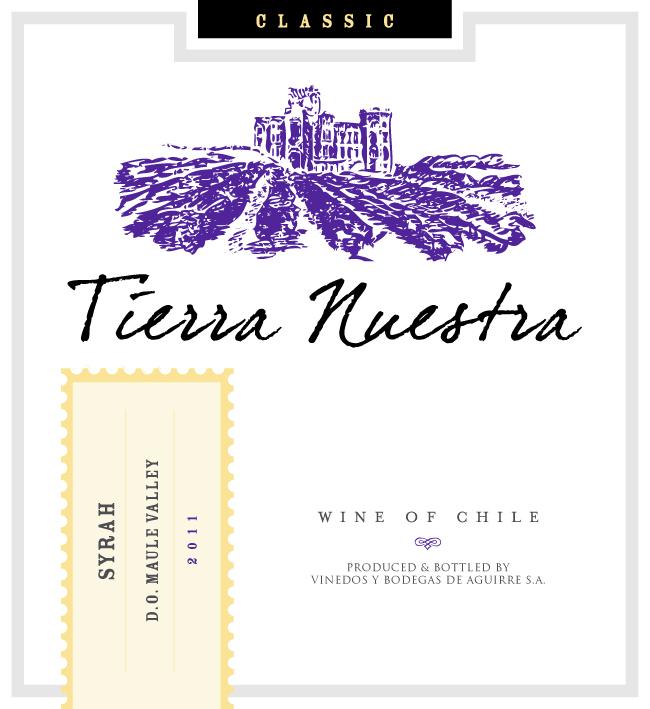2011 Maule Valley Syrah
Tierra Nuestra Classic is a captivating red wine from the renowned Maule Valley, crafted from the Syrah varietal. This 2011 vintage showcases a full-bodied character, enveloping the palate with rich flavors and a depth that invites exploration. The wine exhibits medium acidity, providing a pleasant balance that enhances its overall profile without overpowering. Its fruit intensity is prominent, featuring luscious notes of dark berries and subtle hints of black pepper, adding complexity to each sip. The tannins are firm yet refined, contributing a structured backbone that ensures a smooth finish. As a dry wine, Tierra Nuestra Classic is perfect for pairing with hearty dishes or enjoying on its own, making it a versatile choice for any occasion.
Tierra Nuestra Classic is a captivating red wine from the renowned Maule Valley, crafted from the Syrah varietal. This 2011 vintage showcases a full-bodied character, enveloping the palate with rich flavors and a depth that invites exploration. The wine exhibits medium acidity, providing a pleasant balance that enhances its overall profile without overpowering. Its fruit intensity is prominent, featuring luscious notes of dark berries and subtle hints of black pepper, adding complexity to each sip. The tannins are firm yet refined, contributing a structured backbone that ensures a smooth finish. As a dry wine, Tierra Nuestra Classic is perfect for pairing with hearty dishes or enjoying on its own, making it a versatile choice for any occasion.




